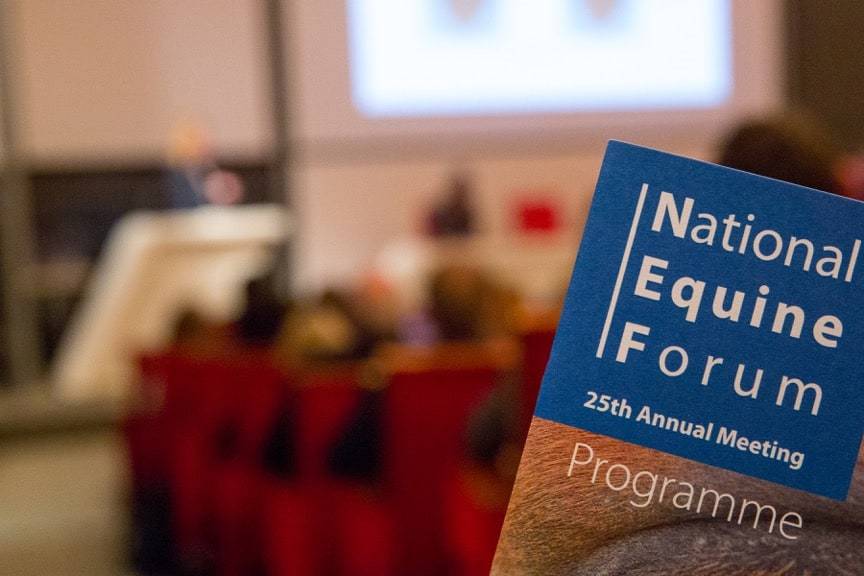
How to Manage Four Equine Respiratory Emergencies
Find tips on handling bacterial pleuropneumonia, pneumothorax and hemothorax, rib fractures, and ARDS in foals.

Find tips on handling bacterial pleuropneumonia, pneumothorax and hemothorax, rib fractures, and ARDS in foals.

Carbohydrates are the main source of dietary energy for horses and are important for fast, quick-burning power.

Preliminary results suggest risk factors include fewer high-speed workouts and a drop in racing class, among others.

Sedation and bandaging can help buy time for a thorough exam and to make a thoughtful decision about the horse’s future.

Researchers confirmed that footing properties could impact dressage horses’ risk for suspensory ligament injury.

Scientists are highlighting early 20th century studies and Japanese researchers who were well ahead of their time.

Ammonia exposure during transport can have negative effects on the respiratory system. Here’s how to control it.

Scientists hope biomarkers in gut microbiota could be used as diagnostic or prognostic indicators in the future.

The fatal injury rate in Thoroughbred racehorses declined for a fourth consecutive year and has dropped 23% since 2009.

Take a look at protein and its role in the equine diet.

Do these supplement ingredients improve performance?

The digital cushion, located in the rear of the hoof, protects the foot’s complex bone and soft-tissue structures.

Learn about what’s cutting-edge in the world of equine hoof care from our 2017 International Hoof Care Summit coverage.

A farrier shares ways he addresses issues in the caudal aspect of the horse’s foot.

PET scans revealed lesions in bony and soft tissue, some of which weren’t visible on other imaging modalities.

Panelists discussed the potential impact on equine trade, identification, biosecurity, competition travel, and more.
Stay on top of the most recent Horse Health news with
"*" indicates required fields